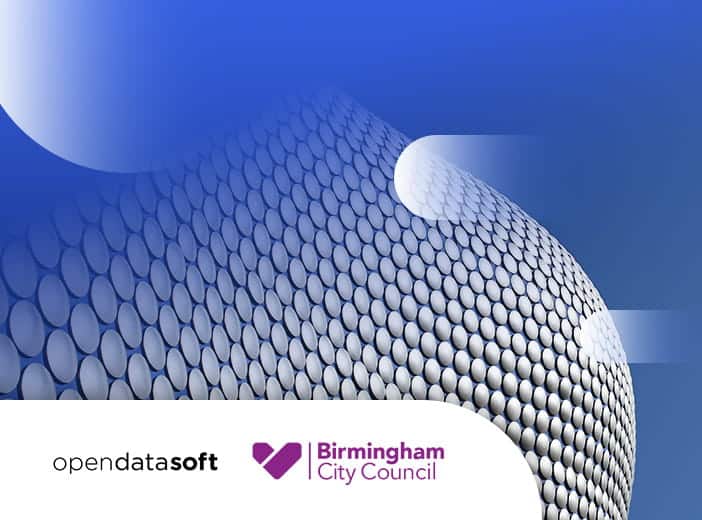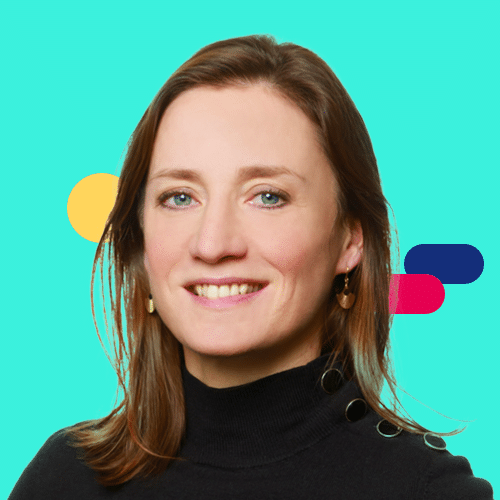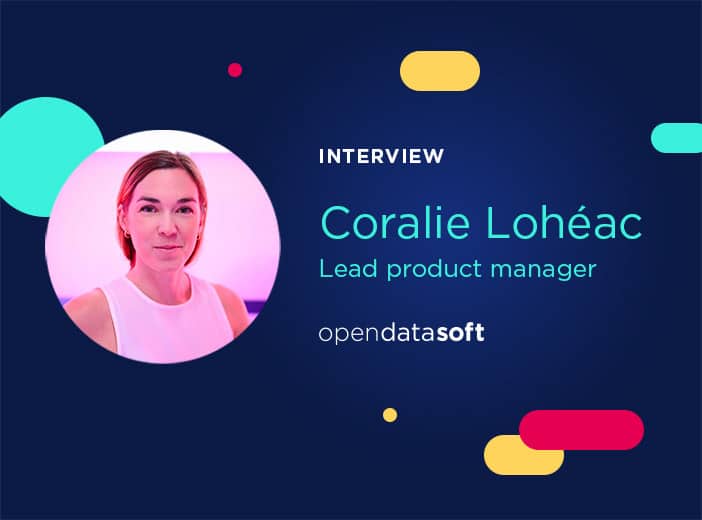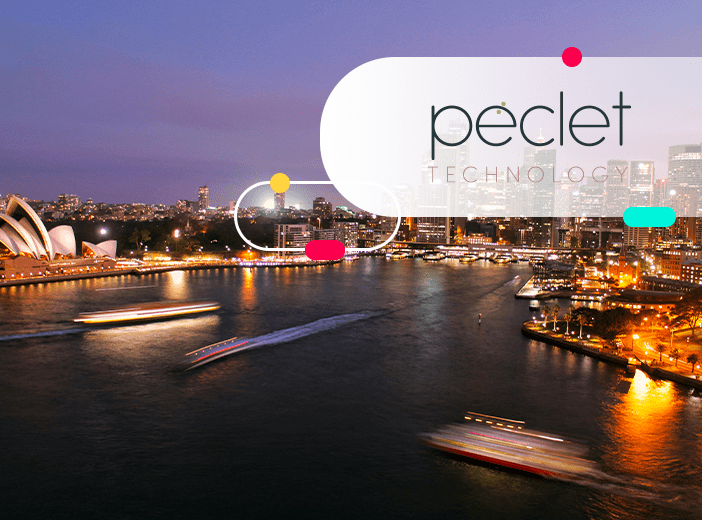Birmingham City Council: Powering smarter public sector decisions and greater efficiency with data
Increasing data consumption has the power to transform how the public sector operates and innovates. We share best practices from Birmingham City Council and explain how it has increased internal and external data consumption with its City Observatory data marketplace.
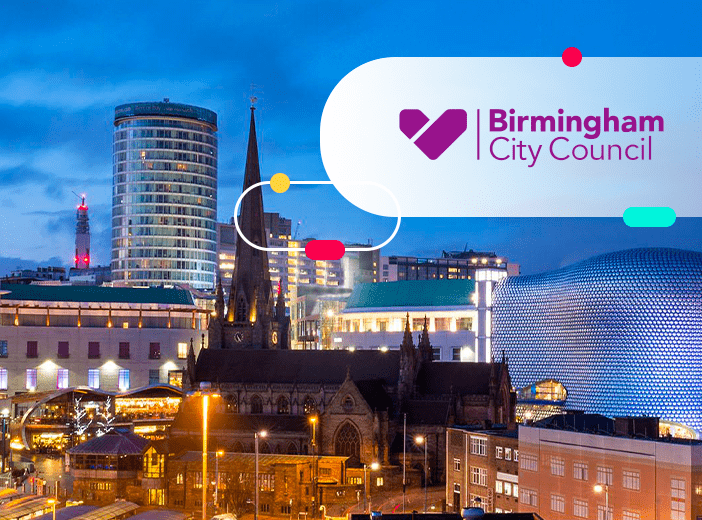
Public sector organizations, from central government bodies to cities and municipalities, face a range of challenges around data. They have to manage growing volumes of information in line with governance and compliance policies, meet Freedom of Information legislation, increase engagement through greater transparency, and above all harness data to improve their operations and decision-making.
Birmingham City Council, the largest local authority in Europe, has transformed its approach to data sharing through its City Observatory public data marketplace. We interviewed Danny O’Neill, Birmingham’s City Observatory lead, to learn about the council’s approach and to share his advice for other public sector organizations looking to increase data consumption.
Can you tell us more about Birmingham?
Danny O’Neill: “We are the largest local authority in all of Europe, with over 1.1 million residents spread over 10 constituencies and 69 wards—so it’s quite a lot of people to be responsible for. We have over 10,400 internal staff, of varying degrees and capabilities, and we see data as an asset. Not just something for performance monitoring—we are becoming data-driven, using it for proactive, citizen-centered design.
What was the process behind creating the City Observatory?
“Like many large organizations, we have huge volumes of data. Departments had rich data sources, but they lived in silos. Everyone had their own spreadsheets and dashboards. We were data rich, but insight poor.
There were attempts to create a data lake, but that’s where things get stuck—governance, access controls, and availability made it more mythical than real. Problems with data quality and awareness meant only a handful of people could even access the data lake.
So instead of waiting years for internal perfection, we asked: What can we share as open data now? That side-stepped government paralysis—no sharing agreements, no approvals, no barriers.
We therefore created our City Observatory, as a public data marketplace, initially with a CKAN-based platform from an external provider. However, as this was delivered as a managed service it had limitations. So we looked at alternatives, and that led us to Opendatasoft.”

How did Opendatasoft help you deliver on your strategy?
“With Opendatasoft we could bring data from all these different sources into one hub and make it available—not just internally, but externally too. Anyone can join our City Observatory, log on, and see everything we’ve made available.
The key to moving forward with Opendatasoft was its demonstration workspace. I didn’t go to stakeholders with a slide deck. I showed them a live, working Observatory. That trial period was key—it wasn’t just me testing technical needs, but showing stakeholders a hands-on experience. That drove success.”
What has the City Observatory’s impact been?
“We found that when you start sharing data openly, internal people start paying attention as well as external stakeholders.
Our Birmingham City Council colleagues are using the Observatory because it’s so easy to get to the data. It’s there 24/7, no need to chase approvals or figure out who owns it. Sure, internal data might be more granular, but for many, the public version is good enough to start with.
Also, as data analysts, we know about a lot of partner data that we have access to, such as from the Office of National Statistics (ONS). However, internal colleagues may not know that this information exists, but we were able to change that by bringing it all into one single place and making it easily accessible.
As the platform provides built-in filtering, visualization, and sharing it delivers data in ways that users are comfortable with. We know a lot of people panic when they see a spreadsheet, so we’ve made sure data is available through dashboards, maps, visualizations and factsheets, with easily accessible insights pages for every dataset.
One of our biggest wins was the Homes and Money Hub. It started as a small pilot—but by mixing data from siloed departments, we put £94,000 into the hands of citizens entitled to it and saved the council £1.3 million per year. That’s huge.”
What data is on the City Observatory?
“The City Observatory brings together data from the council and over 20 other providers, such as the ONS, Fingertips for National Health Service (NHS) data, and LG Inform.
There are over 400 datasets, available through a self-service interface and organized into nine themes, including transport, health, and equality. Every dataset has its own insights page to explain and give context to the data it contains.
If we use data internally in our insight and policy team, we publish it. We want to be able to say, don’t just trust us about the decisions we’ve made about your lives. Here’s the evidence we’ve used to make these decisions, take the same data and come to your own conclusions. And Opendatasoft gave us the ability to do all of this.”
Who is using the City Observatory?
“We’ve seen it being used by National Health Service (NHS) consultants, researchers, schools, and universities. In some cases, NHS researchers get their own data faster from us than from their internal teams—because we already have it.
Universities are using it for teaching, real-world analysis, and even long-term thesis projects. For a local authority with tight budgets, that’s a huge win.
We know that every local authority in the West Midlands is using our data… we upload not just Birmingham data, but also our fellow neighboring local authorities to give us context, as understanding how we compare to our neighbors is key.
Obviously knowing who is using particular data – and what they think about it, can be difficult. That’s why we encourage people to register, and also to use the Share Reuse option on every dataset. This lets them say what they’ve used, how they’ve used that data, where they’ve used it, and provide a link to an external resource.”
You have over 400 datasets available - how big is the team needed to manage the Observatory?
“Actually, we spun up our central Observatory in three months, built by just one person—me, using Copilot to brush up on HTML. Our entire team is three people, and we spend only a small portion of our day administering the platform.
About 95% of our datasets harvest themselves via APIs. We just manage a few internal, manual ones. That’s the power of automation on the Opendatasoft platform. Also, it has a range of tools that make it easy to administer and add content. We can create CSS and HTML behind the scenes or use Opendatasoft’s low-code/no-code page builder to craft our pages exactly how we want.”
Are there particular features that you - and your users - especially like?
“I’ve already mentioned the Share Reuse feature, but there are plenty more.

The AI-powered search means users can search more naturally, and it understands context as well as keywords. For example, you can type in something like ‘green energy and CO2,’ and it’ll show you all the results it thinks are a really good match—and even similar datasets which might also be of use.

You can filter, visualize and share data on the platform, and easily create maps with multiple layers, bringing together different datasets to provide a more complete picture. The API-first design means that not only can you export data to your preferred BI tool, such as Excel, Power BI or Python, but that it will always be up-to-date, without you having to manually refresh it.
Overall, for us, working with Opendatasoft has been transformational – the platform gives us flexibility, scalability, and the ability to drive meaningful change with a small team.”
What would your advice be to other public sector bodies looking to increase data sharing?
“Stop waiting. Start sharing. Open data isn’t just about transparency—it’s about internal alignment and operational agility.
You don’t need a perfect data lake. Many external sources are already clean and sanctioned. You can publish them without needing further approvals.
In our case, if I find a data set that’s useful, we publish it. If we’ve used it to make decisions about people’s lives, we share it—so they can see the same evidence and come to their own conclusions.
This is what open data should be: live, visual, useful, and accessible. Whether you’re a data scientist or a curious resident, you should be able to find and use local insights that matter.
Learn more and see a demo of the Birmingham City Observatory in our webinar replay – click here to start watching.
